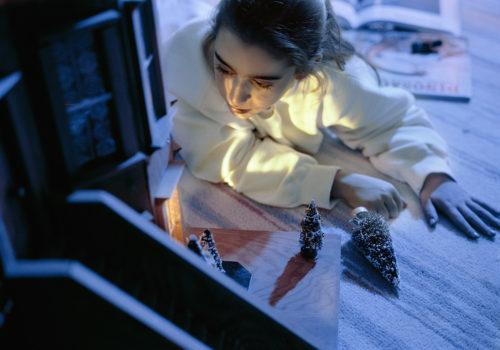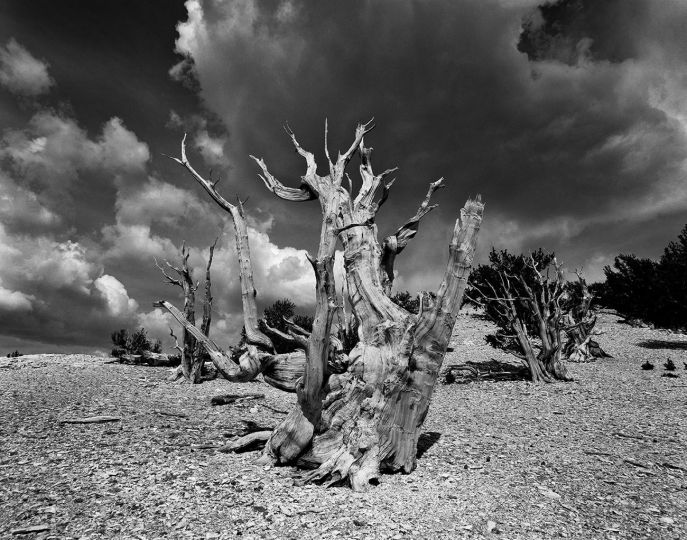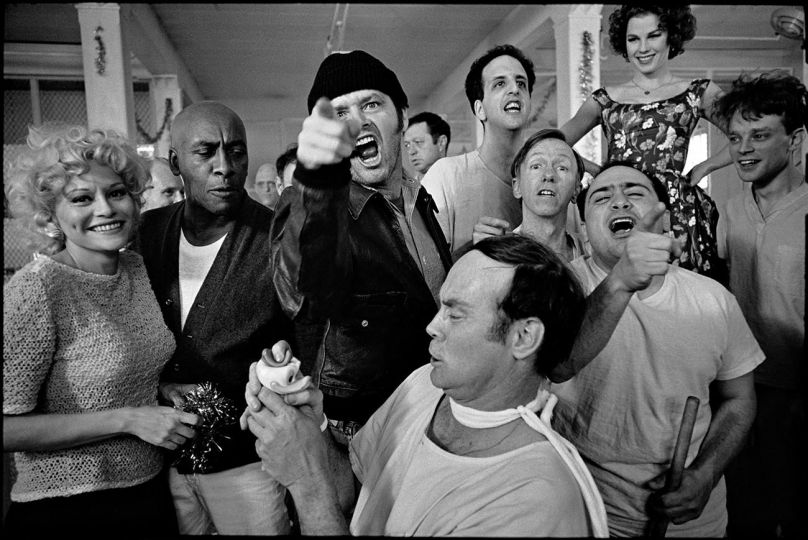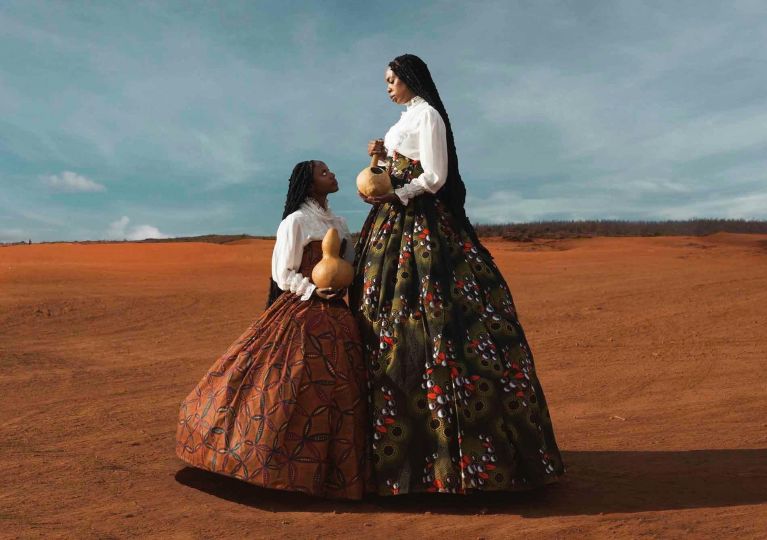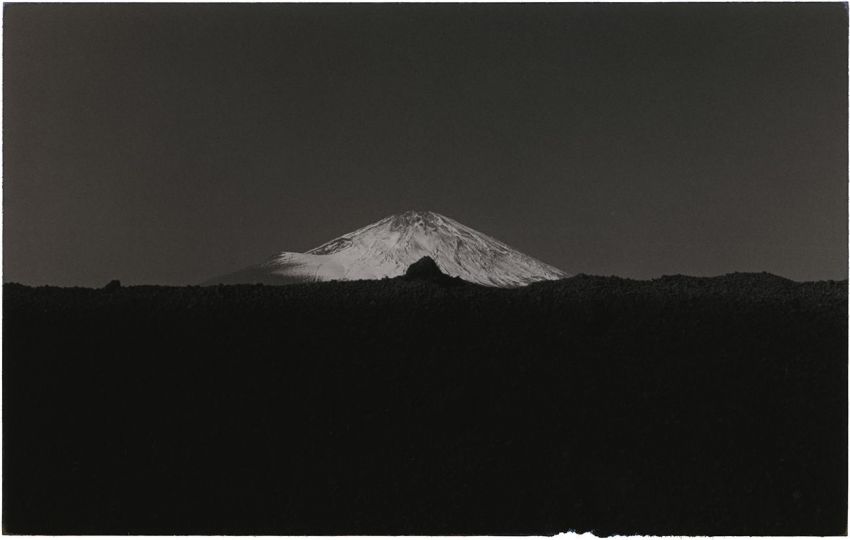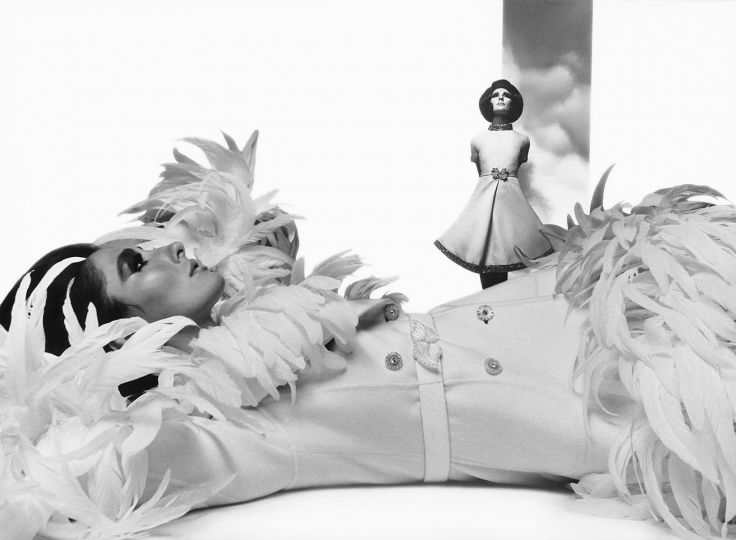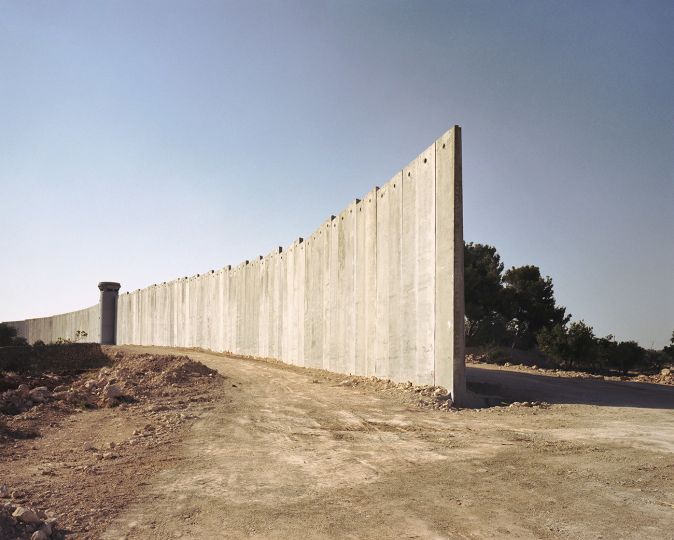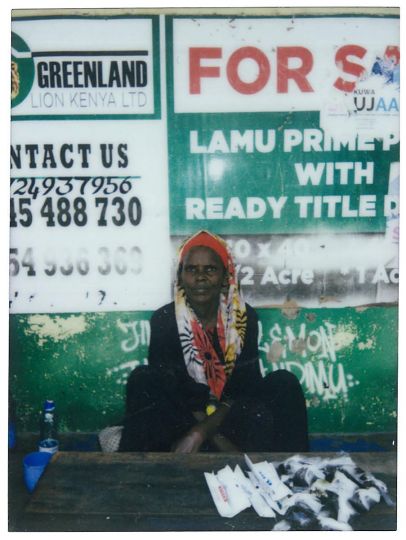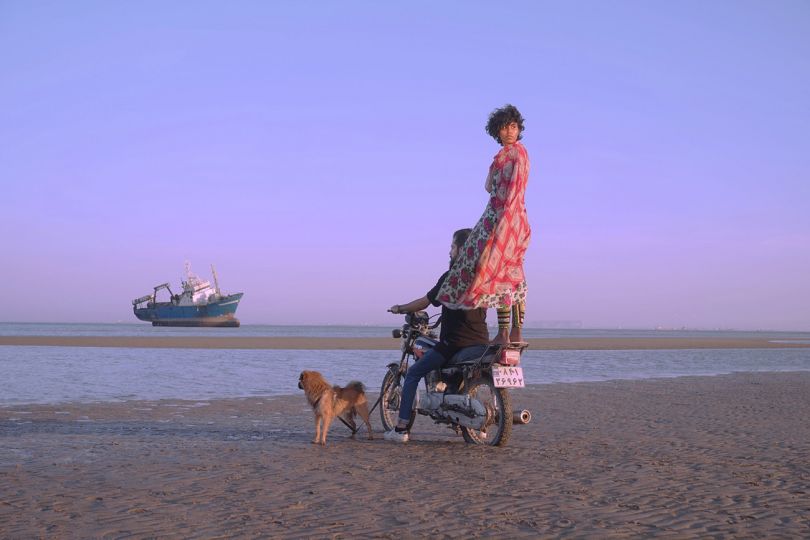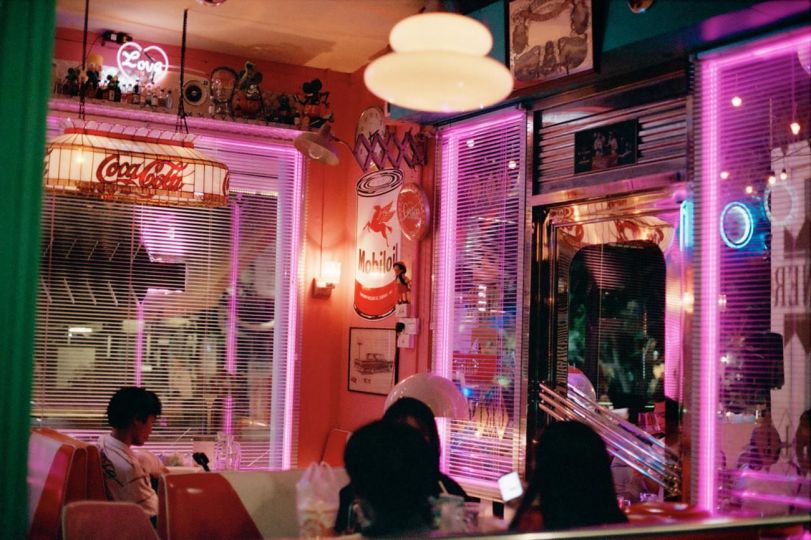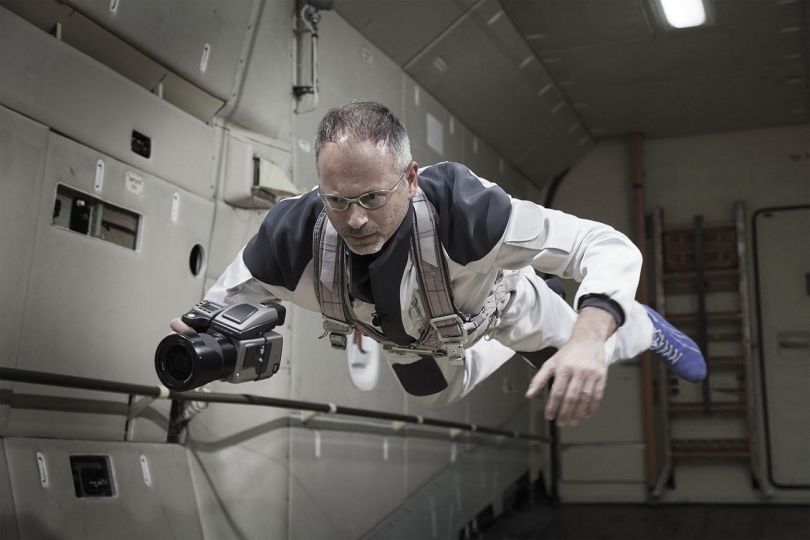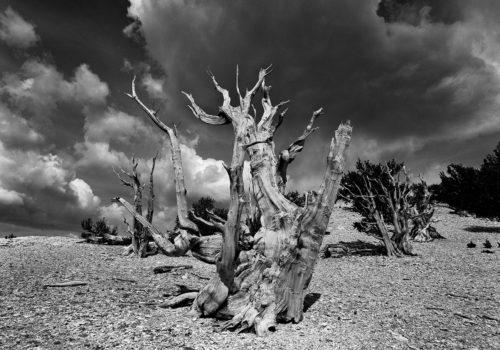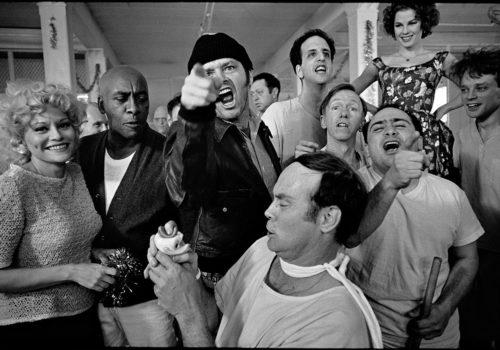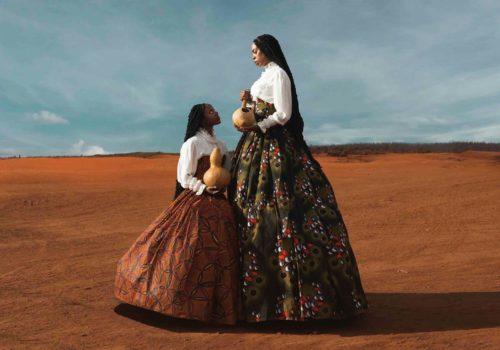Gregory Crewdson is one of my favorite photographic storytellers. He invites you into his enthralling—sometimes melancholic—but always beautiful world where you become fully immersed in the scene. You can dive into the situation he has created for you, or join the protagonist in your mind and come up with the next scene.
During the opening of his exhibition at LUMA Arles in summer of 2023, I had the pleasure to see Crewdson live, and to experience more of his works on site. This month, it´s my pleasure to share with you additional insights and wish you an enjoyable & exciting read.
Nadine Dinter: There is a saying that “every photographer has a story to tell.” Looking at your work, spanning over more than 30 years, you seem to have a continuing, multi-part story to share with your audience. What’s your take on this philosophy?
Gregory Crewdson: That is something I have been quoted as saying many times and I firmly believe in it. Each of us has our own very unique way of looking at the world, with our own interests, likes and dislikes, desires, fears, and personal histories, and these all add up to a central story that we as artists tell. Over the course of our lifetimes, we reinvent that story and perhaps look at it from a variety of angles and through different lenses, but in the end we are often basically circling around the same themes, and attempting to express the things that feel most meaningful to us. When I look at all the pictures in my retrospective exhibition and the book that accompanies it, I see all the ways that my work evolved over the decades, but I also see a strong similarity and a common through line. They are all part of one story, in a sense.
You are famed for your brilliant storytelling, your elaborate settings, and your love for detailed scenery. How do all those things start, and how do the various pieces like actors, locations, and backdrops come together? Do you work with location and model scouts, or rather refer to settings that you are familiar with in your “neighborhood” of Massachusetts and New York?
GC: Thank you. The whole process really starts with me driving around and location scouting. I have favourite locations that I visit, some that I’ve used more than once over the years. These places inspire my imagination, and in one way or another feel formally interesting to me. That starts me on the process of developing specific images. Once I have an idea that’s cohesive enough to articulate, I bring in Juliane and we begin writing a description for the picture that becomes a sort of “screenplay.” It becomes the working document and instruction for everyone else that will work on our production team, to communicate what the vision is. In terms of casting, that is primarily done right in the towns or neighbourhoods in western Massachusetts where the pictures are set. Sometimes there are exceptions to that, but often they’re people that we find on the streets, or in shops, or in a variety of places around town.
In your images, we see deserted places that we seem to recognize–although they are bereft of any kind of landmarks, branded facades, or billboards. The places could be anywhere, although they feel like “home,” as you once put it. What´s home for you?
GC: My home is in western Massachusetts, in the general area where I make all the pictures. I live in a former Methodist church, and my studio is in what used to be the town firehouse next door.
The people you include in your images seem to have fallen out of place. They are somehow static–filled with despair, or at least, showing neither emotion nor action. In a way, we as the viewers want to take action, enter this scenery, and bring life into the depicted situation. Is this your intention–to involve your audience–to make their mind spin how this “frozen moment” could turn into a “moving story?”
GC: Absolutely, I want the viewer to bring their own interpretation, inferences, and worldview to the pictures. The pictures potentially have different meanings and resonances for everyone. The picture is not complete until the viewer brings their own meaning to it.
In the past months, the Vienna-based Albertina Museum hosted a big retrospective on your work. This comprehensive overview of your work featured well-known series such as Twilight (1998–2002) and Beneath the Roses (2003-2008), but also the more recent works like Cathedral of the Pines (2013–2014), An Eclipse of Moths (2018–2019), and Eveningside (2021-2022). What was your favourite feedback you got from this? Did the Austrian visitors relate to the works in a different way than, e.g., the visitors in Arles, when you presented your photographs at LUMA Arles during the summer of 2023?
GC: The exhibition in Vienna was much more extensive than the one in Arles–which was a survey of the last ten years. In Vienna, I had the opportunity to revisit work from my entire career dating back to graduate school. It was a special experience to print the show, go back to negatives in many cases, and be able to see all the pictures hanging together in one place. I’m so pleased that the work will be cared for in the Albertina’s permanent collection. Vienna is a beautiful city and it was a fantastic experience, especially working closely with Walter Moser, the curator of the show.
In parallel to that above-mentioned retrospective in Vienna, you also published a new book. While the atmosphere, emotional patterns, and overall energy reflect the works as exhibited–the works may be perceived differently–due in part to the smaller format of a book. How do you deal with this? Is there a way to curate such a book so that the impact stays the same?
GC: Seeing the pictures in a book is always a very different experience than seeing them at full scale in a gallery. The viewer has a different relationship with the images. In some ways, it’s a more intimate and personal way to see the work. It also provides a context to see the behind-the-scenes material and to read and understand more about how they were made. Of course, the level of detail in the images is very different in a book. It’s just the nature of the format. But Walter did an amazing job with this book, and all his decisions were very thoughtful and considered. I’m very happy with the book, and all the fantastic texts.
Your works carry poetic and emotionally charged titles, such as “An Eclipse of Moths,” and “Cathedral of the Pines.” Do you see yourself as a visual poet, whose medium is images, not words?
GC: I’m not sure I’ve ever considered what I do to be poetry, but I am pleased by that description. I have always struggled with words – I am dyslexic and was never a very good student. As soon as I discovered photography I knew it was a language that made sense to me, and one I could use to communicate my stories with. The titles of the series are purposely oblique, but hopefully capture some kind of essence of the particular body of work.
When reading about your work, names of fellow artists from diverse disciplines like David Lynch, Edward Hopper, and Walker Evans are mentioned. Growing up, who were your idols or role models?
GC: The artists, musicians, authors, and filmmakers that I looked to growing up are really all the ones I still reference the most, probably, though I also feel very influenced by younger or more current generations of artists as well. There is a very long list of artists that I would consider role models from my growing up years, but certainly those you mention are among them. One of the artists that first truly opened my eyes was Diane Arbus. My father took me to see her retrospective at MoMA when I was ten years old. I realised something about the power of images that truly shaped my understanding of photography as a medium, at that very young age.
What’s next for you? (new exhibition, new project, new cooperation or something else?)
GC: The retrospective will continue to tour. In the meantime, I’m at the early stages of a next body of work.
What is your advice to up-and-coming photographers?
GC: Nobody else can tell your particular unique story–that is yours alone. Stay true to that, it’s the most valuable thing anyone has.
Current exhibitions:
The Albertina exhibition will be travelling to other major museums, and those future venues will be announced soon.
A solo exhibition called Gregory Crewdson: Picture Window is on view now at The Espace Louis Vuitton Munich, through Feb. 22, 2025.
Additionally, the exhibition that was previously at LUMA Arles, a survey that originated at Gallerie d’Italia Turin called Eveningside, curated by Jean-Charles Vergne, opened on Oct. 25 at the Marubi National Museum of Photography in Albania, running through Jan. 19, 2025.
About the book:
Gregory Crewdson
Edited by Walter Moser
- Published by Prestel: August 15th, 2024
- Hardcover, 280 pages, 9 2/5 x 11 4/5 in, 318 color illustrations
- $60.00, ISBN: 978-3-7913-7738-4
For more information, check out the artist’s IG account @crewdsonstudio

